Removing tonsils (AKA tonsillectomy) is not as popular as it used to be. Today, Ear, Nose, and Throat surgeons (E.N.T.) follow specific criteria to decide if a child should undergo a tonsillectomy.
Tonsils are glandular tissue seen at the back the mouth. Tonsillitis (infection of the tonsils) occurs often in children older than 2 years. Children younger than 2 years old rarely get tonsillitis. Streptococcus species of bacteria are responsible for bacterial tonsillitis in children age 3 to 15. Viruses can also cause tonsillitis, typically in young children.
Tonsillitis is sometimes complicated by an abscess that may form around a tonsil, called a peritonsillar abscess. An abscess causes severe sore throat, difficulty swallowing, a muffled voice (called a hot potato voice), difficulty opening the mouth, fever, and tender lymph nodes in the neck.
If your child has recurrent tonsillitis or a peritonsillar abscess, then your child may be a candidate for a tonsillectomy and should be assessed by an E.N.T. These are the criteria that E.N.T. surgeons follow:
• If your child has 7 episodes of tonsillitis in a year, or
• 5 episodes each year for 2 years , or
• 3 episodes annually for 3 years then your child is likely a candidate for a tonsillectomy and should be assessed by an E.N.T
Another common reason to remove the tonsils (and sometimes the adenoids) is if your child has sleep disordered breathing. Sleep disordered breathing refers to a range of problems from snoring to obstructive sleep apnea. Removing tonsils for this reason is becoming more common as sleep medicine and sleep research better understand how lack of sleep or disrupted sleep contributes to behaviour difficulties, growth, school performance, and even bedwetting. Many of these symptoms improved when children with sleep disordered breathing underwent a tonsillectomy or tonsillectomy and adenoidectomy (removing both the tonsils and adenoids).
There are other less common reasons to remove the tonsils such as unequal tonsils, or when a cancer is suspected. Tonsillectomy is also considered as adjunct treatment for Pediatric Autoimmune Neuropsychiatric Disorders Associated with Streptococcal infections often called PANDAS, when medical treatment alone is not successful.
Surgery always has risks of complications and a surgeon proceeds with surgery when the benefits of surgery are thought to outweigh the risks. The most common risks associated with tonsillectomy are infection and severe bleeding.
Tonsillectomy is a surgical procedure that is performed under general anesthetic and lasts 30-45 minutes. Children with sleep apnea, very young children and children with excessive bleeding or vomiting are admitted overnight following surgery, otherwise children are sent home once they have recovered from the general anesthetic. Most children take 1 to 2 weeks to recover. Here are some considerations post tonsillectomy:
• Pain and pain management: This is a painful surgery; following the pain management plan given to you by your surgeon is very important to keep your child comfortable.
• Fluid intake: Fluids are likely the most important requirement for recovery after a tonsillectomy.
• Eating: Children are usually on a soft diet during the recovery time.
• Activities: During recovery, it is recommended to avoid very strenuous physical activity, a gradual return to normal activity level is encouraged. Travel on a plane or to remote areas away from a hospital is not recommended for 2 weeks following surgery.
• Bleeding: If bright red bleeding occurs, you and your child should get to the nearest emergency department.
Dr. Yammine is an Otolaryngologist (Ear, Nose & Throat Specialist) serving the Chatham-Kent and broader South-western Ontario communities providing both general and laryngology services (treating voice and swallowing disorders).
She may be contacted at info@ontarioent.com or 519-397-1721



